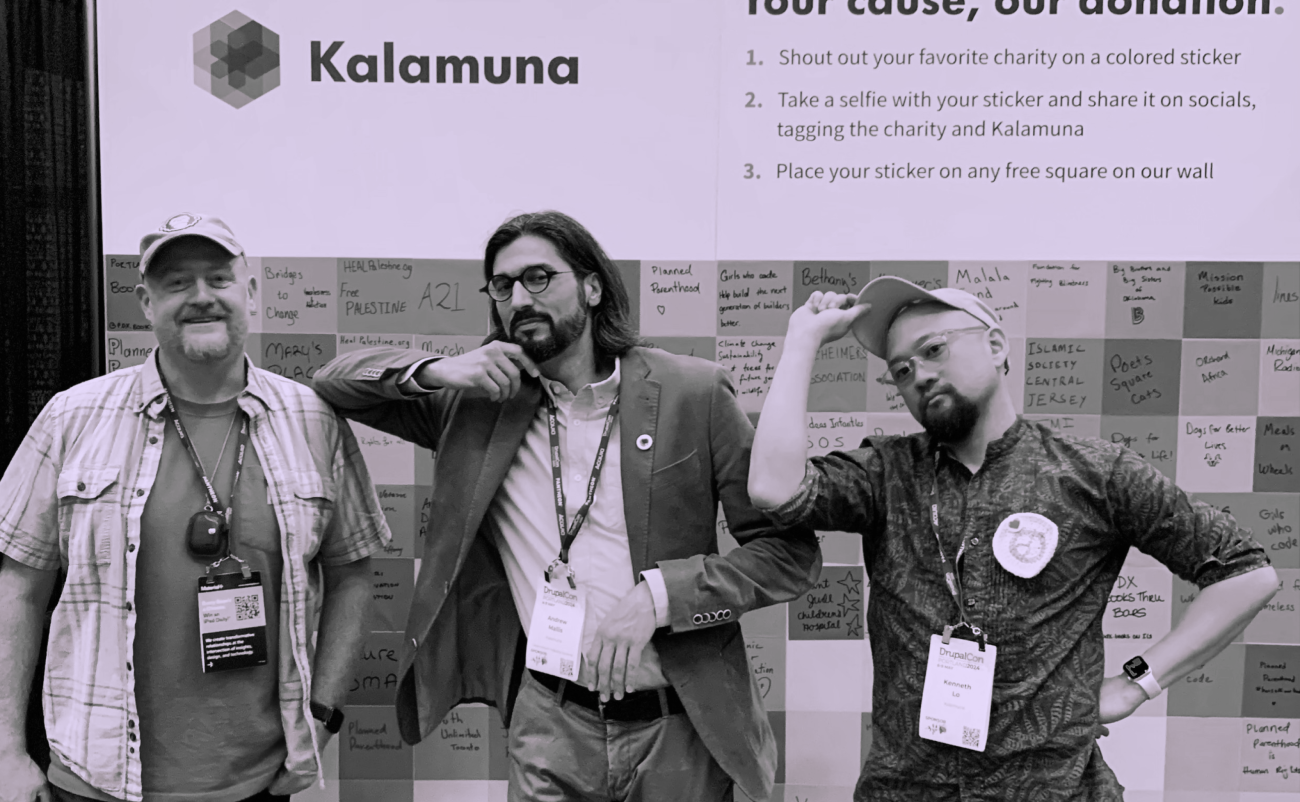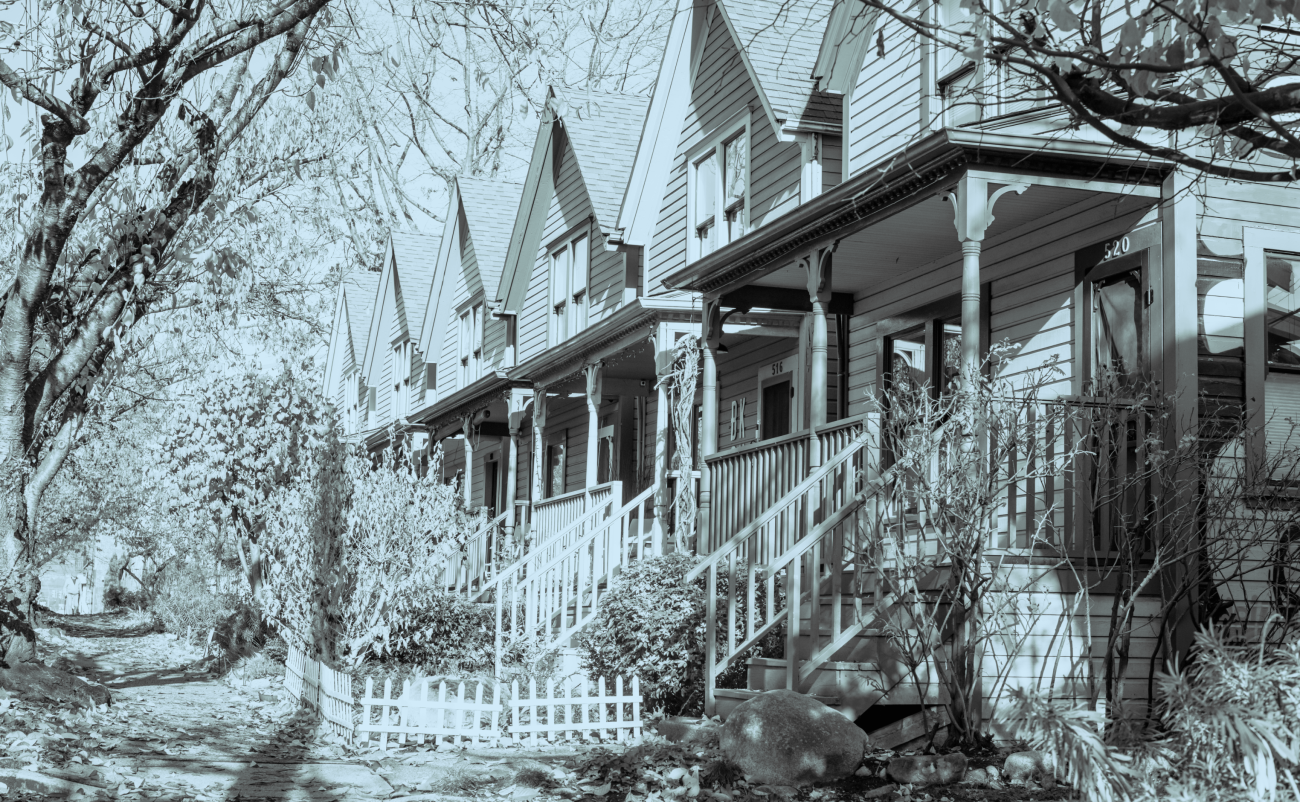
How We Empowered Gentle Density Housing With a New Resource Hub
Share
If you live in Canada, you’re no doubt aware that the country is in the midst of a crisis in affordable housing. The cost of home ownership began skyrocketing across the country during the COVID-19 pandemic, and has yet to slow down. An RBC report estimates that only 45 percent of all households now have the income to own a condo and a smaller 26 percent have enough for a single-detached home at today’s prices and interest rates, down from 61 percent and 49 percent two decades ago.
Nowhere in the country is the situation more acute than in British Columbia. The median home price in Vancouver is now a whopping $1.2 million, far out of reach for the typical household in the region, whose median income is $90,000 a year. Globally, Vancouver is currently ranked third among the world’s least affordable housing markets, after Hong Kong and Sydney, Australia, according to the 2024 Demographia International Housing Affordability Report. Meanwhile, the picture is very similar in BC’s smaller cities, with a single detached home going for a median $1.3 million in Victoria and over $1 million in Kelowna.
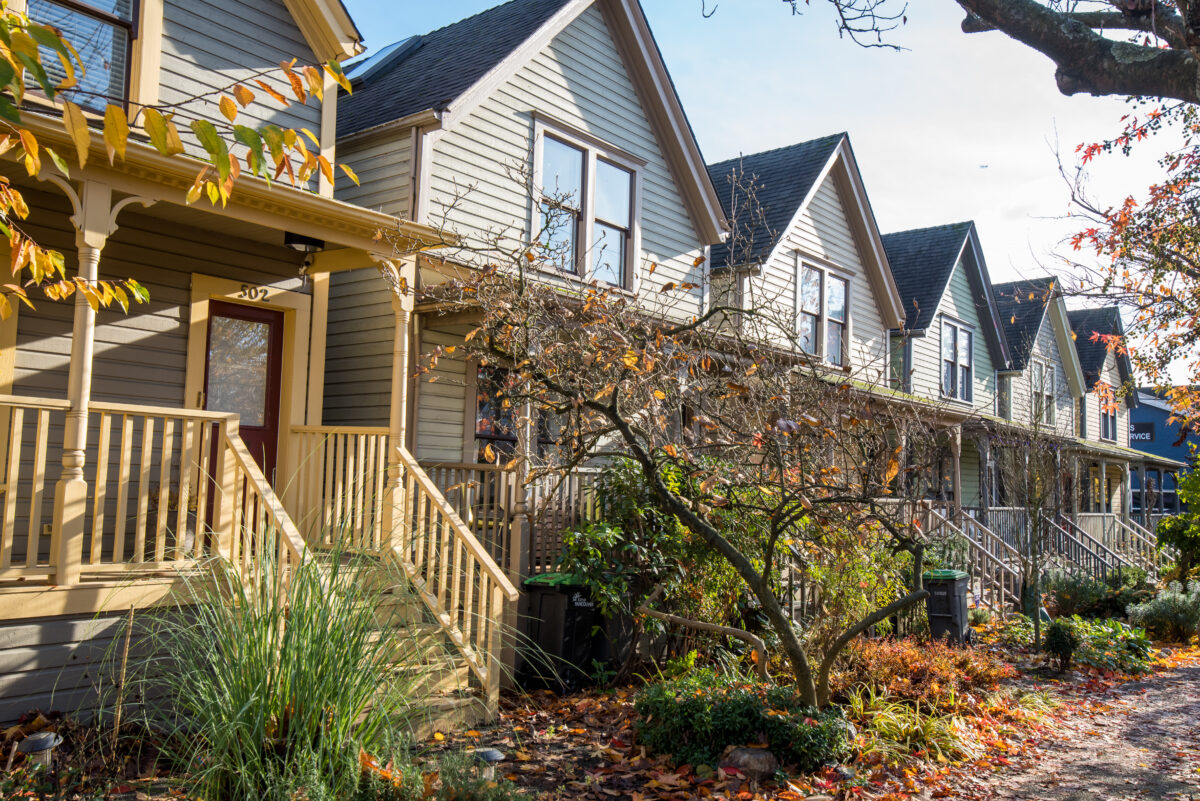
The Client
Small Housing BC is a non-profit organization dedicated to solving this multifaceted problem. With a mission to catalyze the transformation of single-detached neighborhoods, Small Housing promotes the development of small, “gentle density” homes in Vancouver and other centers. It does this through research, technical advising, advocacy and capacity building efforts with government, industry partners, and like-minded community organizations.
The Concept
“Gentle density” is a term that is gaining increased currency amid the current housing affordability crisis. The term refers to an innovative approach to urban development, focusing on slightly increasing the number and variety of homes in existing single detached-home neighborhoods. Traditional density zoning generally consists of large lots with single homes, leading to underutilization of valuable land resources. The gentle density approach seeks to make more efficient use of such land resources by promoting the construction of small houses on available land.
Small Housing BC came to Kalamuna with a view to building a WordPress-based “gentle density toolbox,” a repository of resources aimed at urban planners, designers and builders, citizen developers, and professionals in related industries. Such resources would include sample designs, case studies and stories of practice, policies and regulations, educational resources, how-to guides, and links to related organizations. In short, they wanted a site that would actually help make gentle density housing a reality, something that could support planners and policymakers in changing laws so that houses could be built.
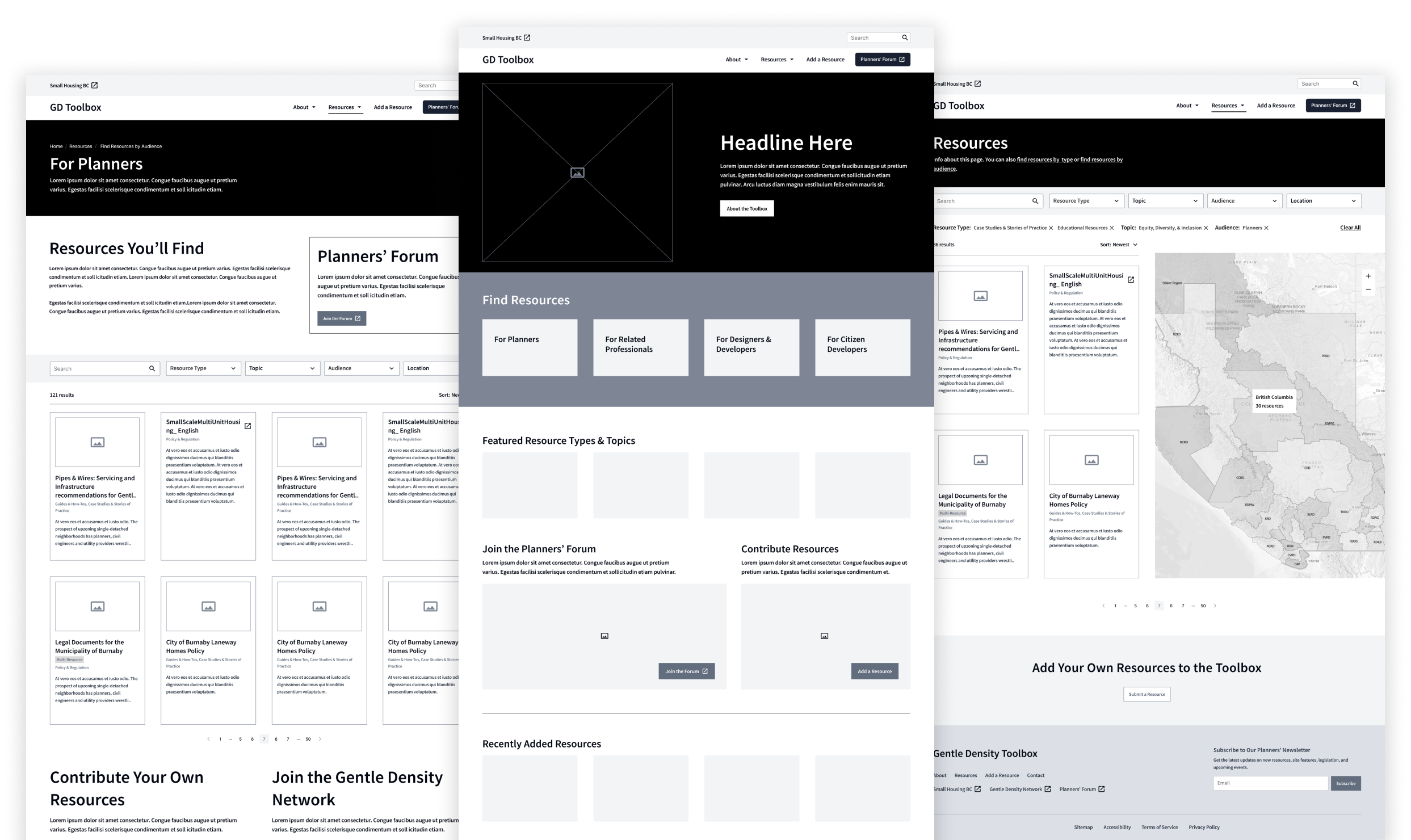
What We Did
We began the Gentle Density Toolbox project with a research and strategy process involving key stakeholders from the client side, and then expanded our research parameters to talk to a planner in BC about their experience with small housing. We also analyzed a list of comparable websites that the client had provided us from equivalent organizations in places like New Zealand, a process that gave us an initial sense of what the client liked and what direction we might eventually take.
We also:
- Reviewed all the material and supplementary information (case studies, reports etc.) that the client had provided us.
- Conducted a content audit of the resources they had on their main website.
- Identified guiding principles through our interview findings that shaped our decision making process and design choices.
- Identified key user types and goals for each user type, which helped us determine what the site needed to do and for who.
Once we had completed the discovery phase, we moved onto design and information architecture simultaneously so as to give us enough time to help the client organize the massive volume of content that they had developed and wanted on the site. On the information architecture side, a major challenge was the complex taxonomy of the material involved. This was managed by creating a gigantic spreadsheet that outlined individual pieces of content and tied them to target audiences, supported by in-depth conversations with the client to gain a better understanding of the content and how it would be used by the different user types.
The biggest challenge on the tech side was creating the interactive map that the client had requested, one that would allow visitors to browse the site’s resource catalog in an interactive manner. We explored two different types of technology for creating the map, one that would require a lot of customization and eat up much of the project budget, and another option that required less customization but had fewer bells and whistles. In the end, we arrived at a solution that comprised elements of both, built using FacetWP, that the client was happy with and fit within their budget.
The client provided us with initial ideas of what they wanted the site to be like, developing a fantastic “napkin sketch” of the site using Miro, which was very helpful to us. However, the rest of the information architecture and UX design process was undertaken by Kalamuna. We also created the site logo, which came after the UX design phase as part of visual design. We developed several different logo options, with differing designs and accent colors, and workshopped the designs with the client. They were thrilled.
Before the project was completed, we built a clickable prototype of the entire site in Figma so that the client would have something to demonstrate at an industry conference they were hosting. The dev team then built the website based on the designs and prototype, while ensuring close collaboration with the designers.
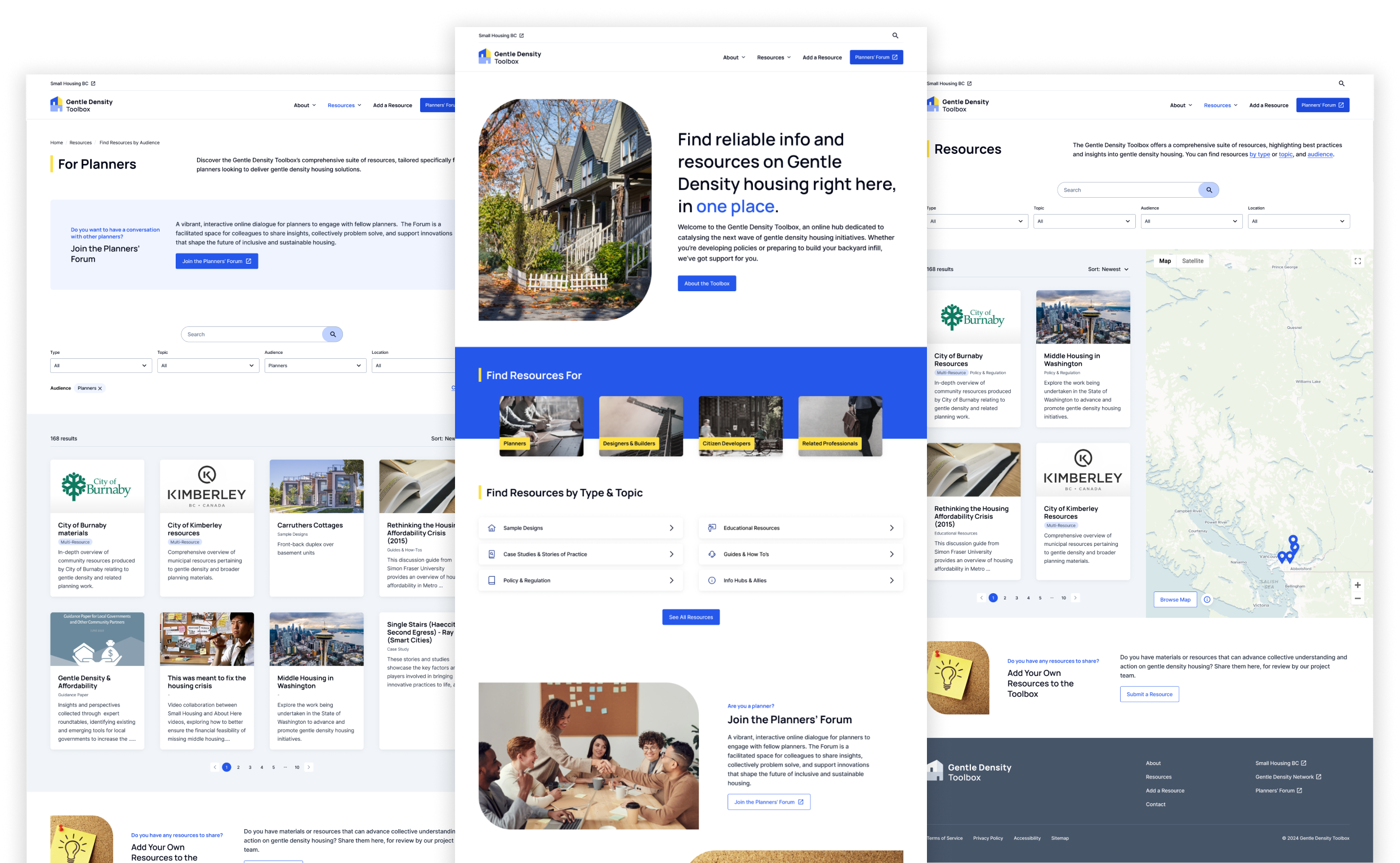
The Results
The resulting Gentle Density Toolbox site is a striking, visually engaging website with bold design and bright colors that succeeds in escaping the boring look and feel that typifies most government and public policy-oriented sites. While it’s a site geared for very specific audiences and intended to serve very specific purposes, what it does it does extremely well, striking a balance between functionality and maximum information output, and designed with room to grow. Faced with hard limitations on budget, our team made the most of the available options and built something truly unique and high quality.
The Gentle Density Toolbox was built with few comparable sites on which to model it, and entirely from scratch. Through exhaustive research, creative thinking, and regular communication with the client, our team came through and created something that stands to help revolutionize housing in one of Canada’s most fraught housing markets.
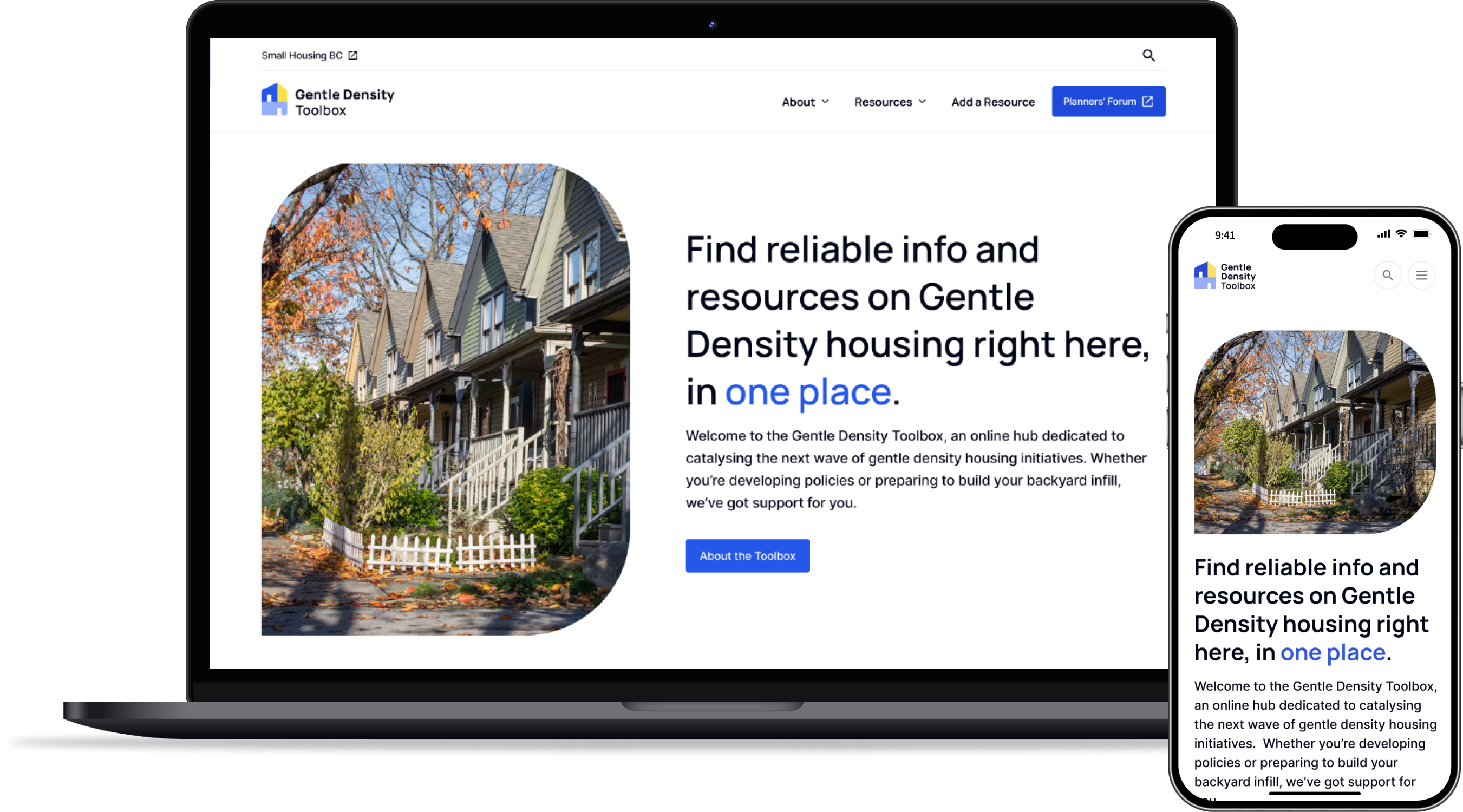
Do you have a complicated problem that needs to be solved? Is there an online resource you need created but you don’t know where to begin? If so, we would love to hear from you. Kalamuna has the talent and expertise to create intuitive, user-friendly, and visually stunning websites on Drupal and WordPress. Contact us today and let’s get the ball rolling!






